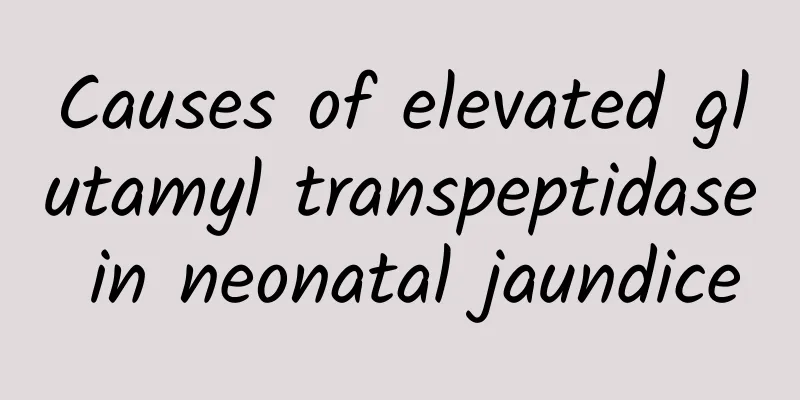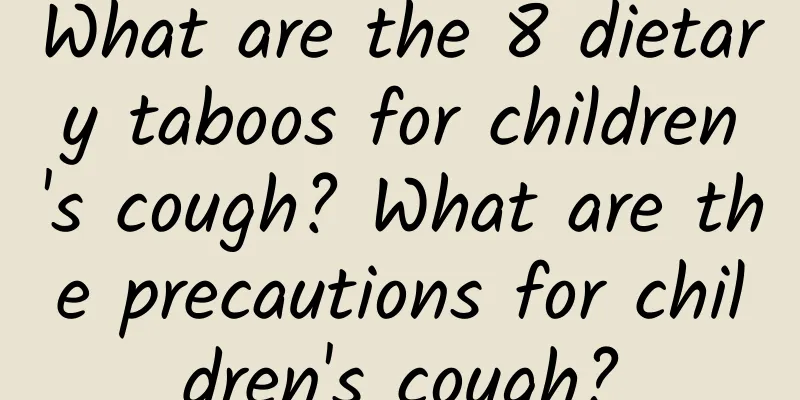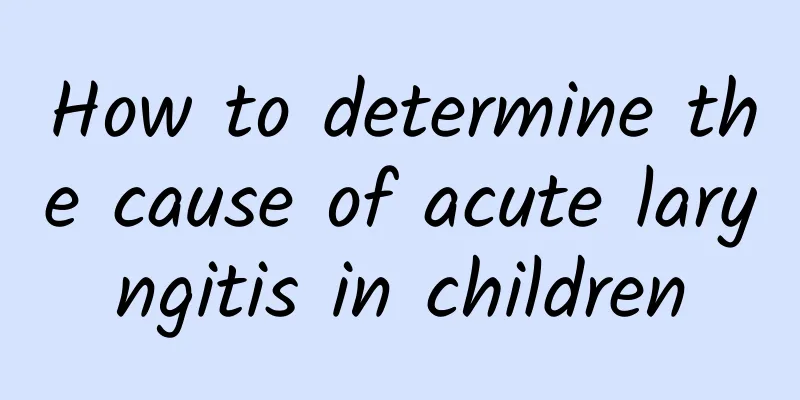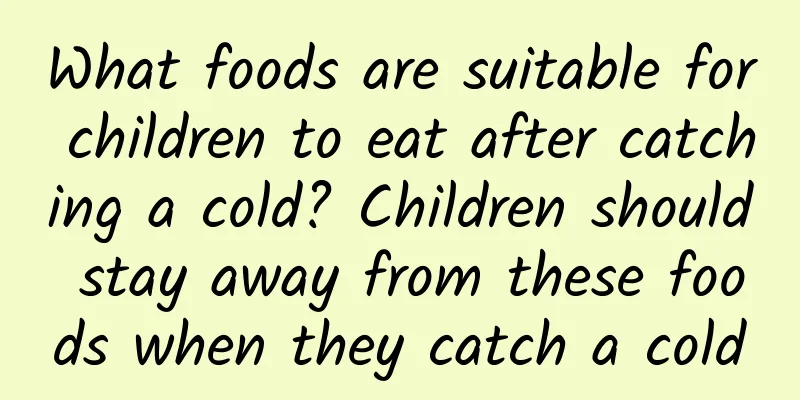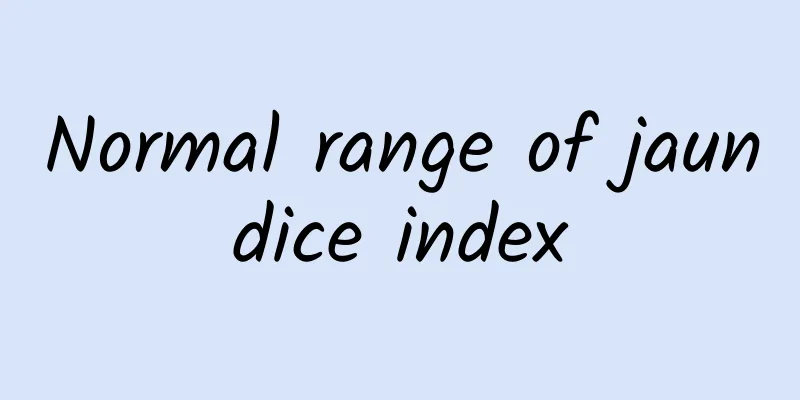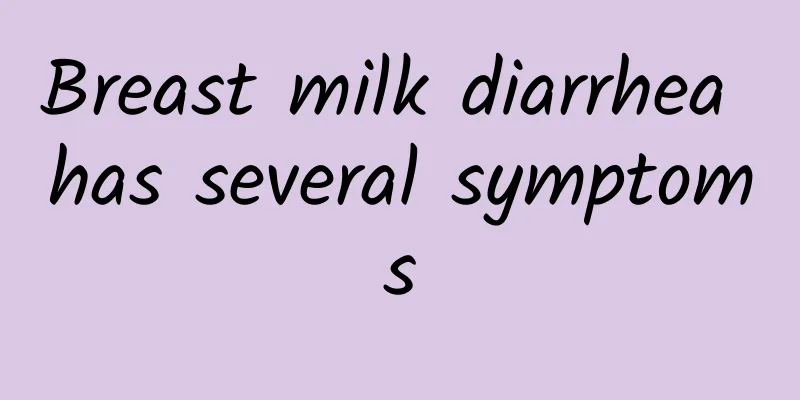What is the most effective way to treat jaundice? How to tell if a child has jaundice?
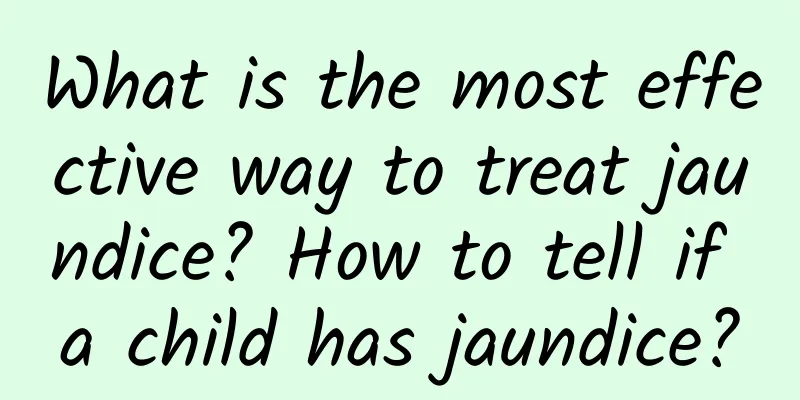
|
Jaundice, also known as yellow bile, is a symptom and sign of yellowing of the skin, mucous membranes and sclera due to elevated bilirubin in the serum. Certain liver diseases, gallbladder diseases and blood diseases often cause symptoms of jaundice. Usually, when the bilirubin concentration in the blood is higher than 2-3mg/dL (34-51), these parts will show colors that can be distinguished by the naked eye. Next, we will introduce in detail the main symptoms of jaundice. Symptoms of physiological jaundice include: Newborns develop yellowing of the skin, whites of the eyes, and oral mucosa on the 2nd to 3rd day after birth, with varying degrees of severity. It is usually more obvious on the face and chest, but not on the palms and soles of the feet. It is most obvious on the 4th to 6th day, disappears on the 10th to 14th day after birth for full-term infants, and can persist until the 3rd week for premature infants. During this period, the child is generally in good condition and has no other discomfort. It is normal for newborns to have physiological jaundice, but parents should also pay close attention to observation. Generally speaking, physiological jaundice is relatively mild, the bilirubin concentration in the blood is low, and it will not affect the intelligence of children. Symptoms of pathological jaundice include: Jaundice in children may occur within 24 hours after birth, or it may persist, or jaundice may reappear after it subsides, or jaundice may progressively worsen. Pathological neonatal jaundice can also cause manifestations of other diseases, such as kernicterus. When it occurs, the jaundice in children becomes significantly worse, and they begin to show symptoms of drowsiness, weak sucking or choking, and decreased muscle tone. If not treated in time, serious symptoms such as groaning, screaming, convulsions, and respiratory failure may occur. Some children die of respiratory failure, and those who survive often have sequelae such as intellectual disabilities and cerebral palsy. The most effective treatment for jaundice 1. If the jaundice value of the newborn is too high, it is necessary to receive some treatment according to the specific situation of the child's jaundice value. If the jaundice value exceeds 220, the child should be taken to the hospital for blue light treatment in time. Hospital blue light treatment: Now hospital blue light treatment generally requires more than 5 days of full-time care. The cost of blue light itself is not very expensive, mainly nursing costs, but you also need to be mentally prepared. It is about 3000-5000 for a course of treatment. Different places and different hospitals charge different fees. In addition to the possible impact on vision and mucous membranes, no other harm has been found in blue light. Doctors will also protect the eyes and buttocks when doing blue light. 2. If the jaundice value is within 180, conservative treatment can be adopted. You can give your child Yinzhihuang granules for information, which can achieve better results. You can also take your child out to bask in the sun frequently, which will also help your child recover to normal. Holding your baby in the sun, especially the soles of the feet, will have a very good effect. It must be exposed directly, and it will not work through glass. However, you also need to protect your child's eyes. Do not let your child's eyes face the sun directly, otherwise it will have a bad effect on the child's vision development. 3. You can also give your baby more glucose water. The purpose is to let the baby drink more and defecate more, and excrete as soon as possible. Jaundice is not terrible. After all, the chance of nuclear jaundice is only a few percent. But you must be careful to treat and treat jaundice. It is a process that every child must go through. Parents don’t need to worry too much. Listen to the doctor’s advice, give the child medicine and care on time, and he will get better soon. Newborns also need to be given sufficient water. Too little urination is not conducive to the excretion of bilirubin. |
<<: Is acute icteric hepatitis serious? You should know the hazards of acute icteric hepatitis
Recommend
What medicine is good for children with cold and cough? Children with cold and cough can be treated with these 3 medicines
If the cough is caused by cold, you can give Wush...
Is jaundice 310 serious?
Is jaundice 310 serious? 1. Jaundice 310 usually ...
Symptoms of hand, foot and mouth disease in children
Symptoms of hand, foot and mouth disease in child...
What are the common cough suppressants for children? There are 4 kinds of cough suppressants for children
Children's cough suppressants can be divided ...
What is a child's persistent cough? What should we do about it?
Coughing is a very common phenomenon in life and ...
What medicines are used for pneumonia in children
Children are more susceptible to pneumonia due to...
What to do for acute icteric hepatitis?
What to do for acute icteric hepatitis? Acute ict...
A two-pronged approach of Chinese and Western medicine to control neonatal jaundice. What medicine is good for neonatal jaundice?
The treatment of neonatal jaundice is very critic...
How long does it take for neonatal jaundice to subside? Let's hear what the experts say
We must pay attention to the occurrence of neonat...
How to treat dry cough in children?
When children have dry coughs, it is necessary to...
What to do if your 20-day-old baby has moderate jaundice
Jaundice can be divided into physiological jaundi...
What causes fissured tongue?
The cause of fissured tongue is actually a comple...
How to relieve nocturnal attacks of acute laryngitis in children
When acute laryngitis occurs at night in children...
What are the symptoms of polio?
Children can suffer from many diseases during the...
Three major characteristics of breast milk jaundice
Breast milk jaundice refers to jaundice symptoms ...
